How do you Measure Box Dimensions in 3 Easy Steps?
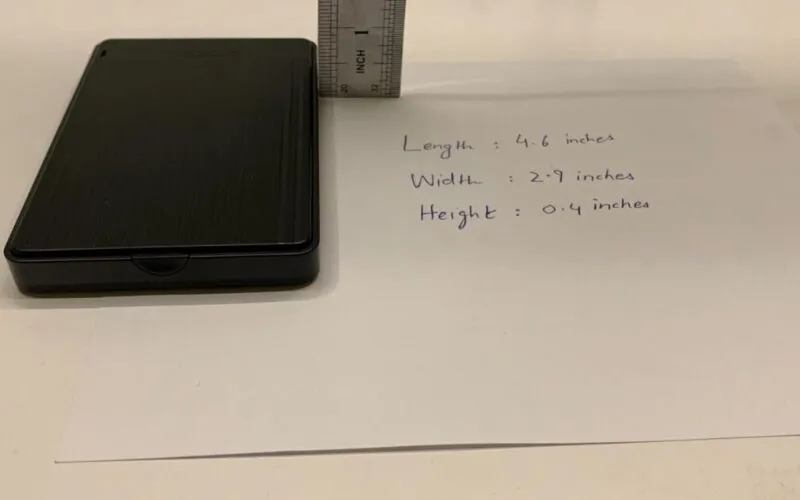
Ever ordered something online, only to receive a box ten times larger than the item inside? Or struggled to find the right-sized packaging for shipping a product safely?
Measuring a box may seem straightforward: height, width, length, done.
But if you get it wrong, it can lead to wasted space, higher shipping costs, or even damaged products. Knowing how to measure box dimensions the right way can save you time, money, and frustration.
Let’s break it down step by step.
How To Correctly Measure a Packaging Box?
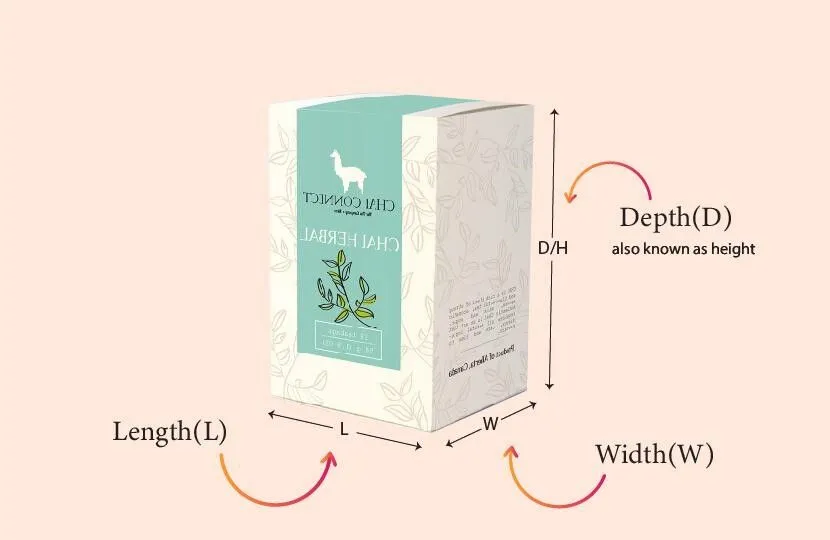
Before you start measuring, there’s one key thing to clarify: Are you measuring the inside or the outside of the box?
When purchasing boxes from suppliers, the dimensions provided are typically inside dimensions. That’s because businesses need to ensure their products fit within the box without forcing or damaging them.
However, when shipping with carriers like UPS, FedEx, or DHL, they go by outside dimensions: the total space the box takes up. This helps them determine how much room your package will occupy during transit.
So, depending on your purpose, you might need to measure differently. But in both cases, three fundamental dimensions remain the same:
- Length: The longest side of the box.
- Width: The shorter side when looking at the opening.
- Height (or Depth): The distance from top to bottom when the box is standing upright.
Getting these measurements right is the first step in ensuring smooth shipping, accurate storage, and optimized packaging. Next, let’s go through the exact steps to measure a box correctly.
Things You Will Need To Complete The Measurements
Before you start measuring, you’ll need the right tool to get accurate dimensions. The best option depends on the size of the box you’re working with.
Here’s what you can use:
- Ruler: Best for small boxes and precise measurements.
- Tape Measure: The most versatile option, ideal for measuring most standard shipping boxes.
- Yardstick: Useful when dealing with larger boxes where a ruler might fall short.
Choosing the right measuring tool ensures accuracy and makes the process quick and hassle-free. Once you have what you need, let’s move on to the actual steps of measuring a box correctly.
Rectangular Product
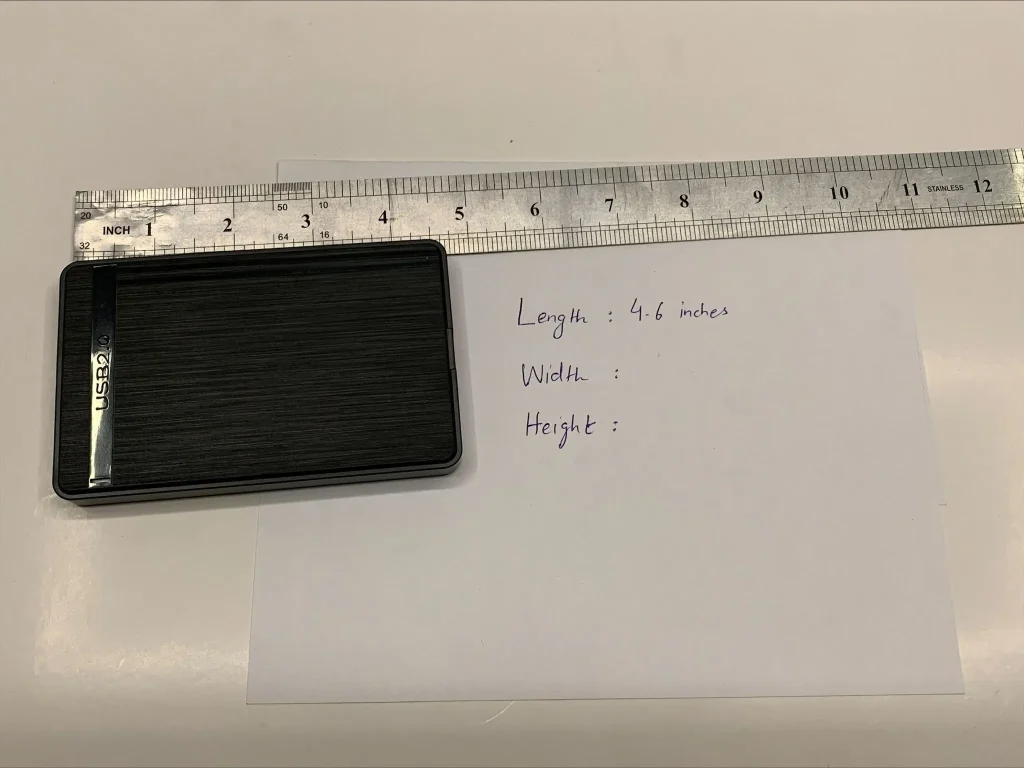
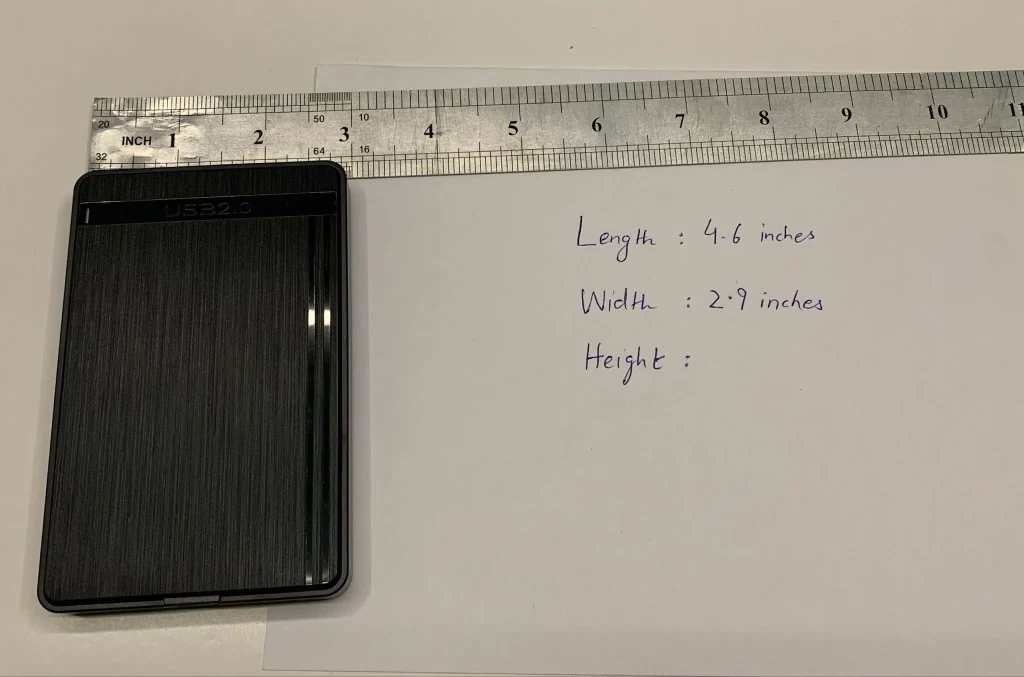
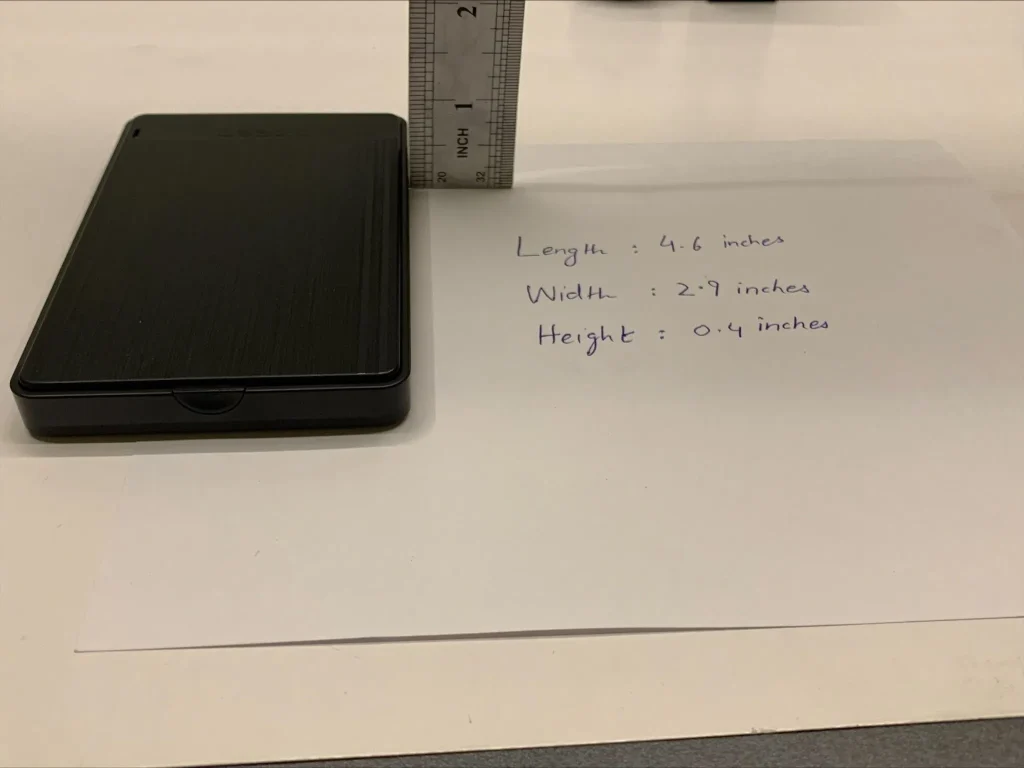
Measuring a rectangular box is simple once you know which dimensions to focus on. Here’s how to do it:
- Measure the Length: Place the box on a flat surface. The longest side of the box is its length. Use a ruler, tape measure, or yardstick to get an accurate measurement.
- Measure the Width: The width is the shorter side when looking at the box from the top. Measure across the side panels, from front to back.
- Measure the Height (or Depth): Finally, measure from the bottom to the top of the box. This is also known as depth, and it determines how much vertical space the box takes up.
If you’re designing custom packaging, add a slight allowance (around 2mm (0.078 inches)) to your measurements. This ensures that your product fits perfectly without being too tight or loose.
Cylindrical Product
Measuring a cylindrical package is slightly different from measuring a rectangular box, but the core principles remain the same, you still need three key dimensions. Since cylinders don’t have traditional length and width like a box, we measure them a bit differently.
Tools You Can Use
- Vernier Caliper: Provides the most precise measurements for cylindrical objects.
- Measuring Tape or Ruler: A practical alternative if a caliper isn’t available.
Steps to Measure a Cylindrical Product

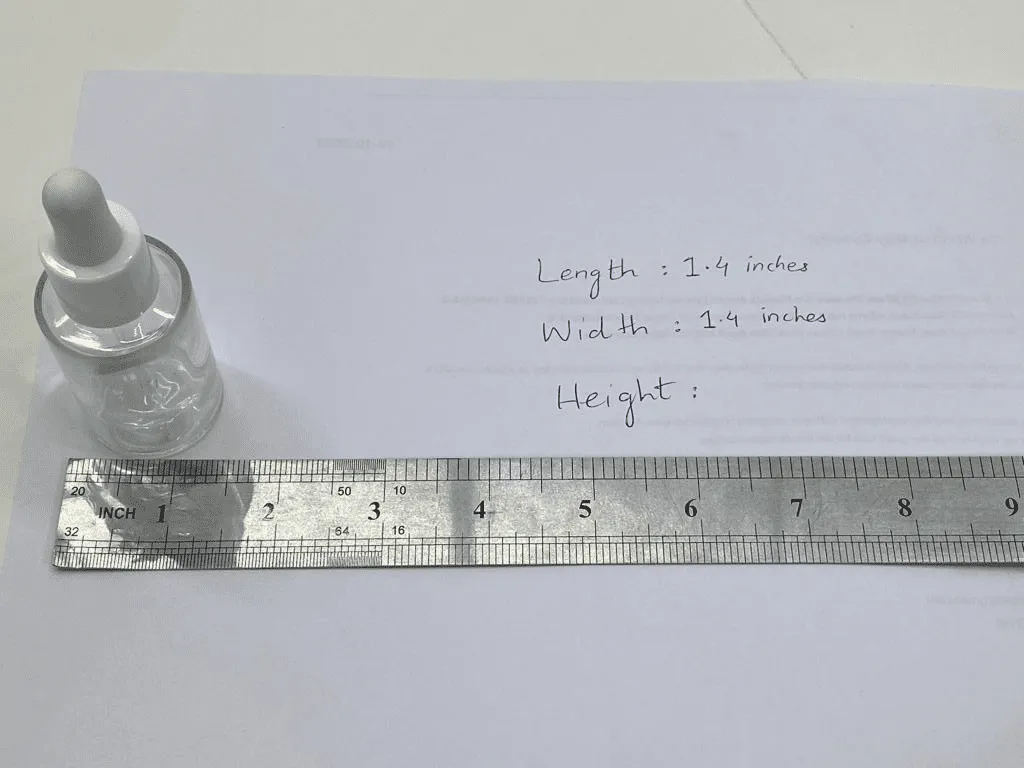
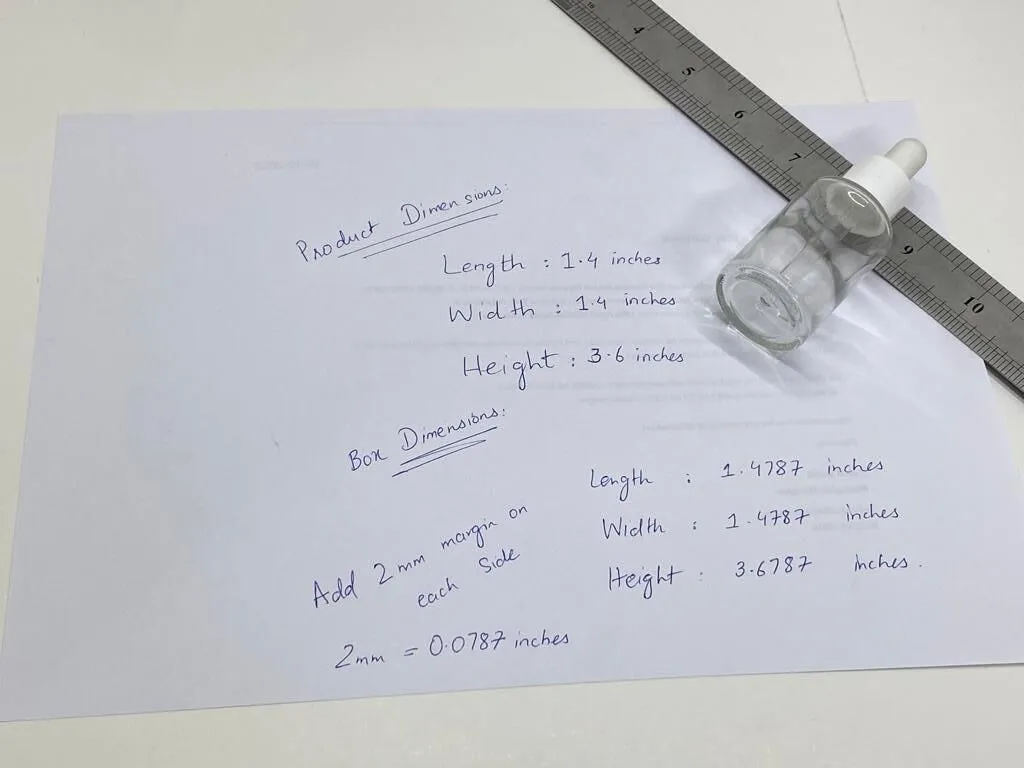
- Measure the Diameter (Width): Place the cylinder on a flat surface and measure across the widest point from one side to the other. This is its diameter.
- Measure the Height (Depth): Stand the cylinder upright and measure from the bottom to the top. This determines how much vertical space it occupies.
- Measure the Circumference (Optional for Wrapping or Labels): If you’re designing packaging or labeling, measuring the circumference can be helpful. Wrap a flexible measuring tape around the cylinder and note the measurement. You can also calculate it using the formula:
Circumference = Diameter × π (3.1416)
Just like with rectangular boxes, add a 2mm (0.078 inches) margin to your measurements. This ensures a comfortable fit for packaging without being too tight or too loose.
Now that we’ve covered both rectangular and cylindrical packages, let’s move on to understanding why accurate box measurements matter in shipping and storage.
Steps To Calculate Dimensional Weight Of Your Package
Most shipping carriers charge based on dimensional weight (DIM weight) or actual weight, whichever is higher. This is done to optimize space on trucks and planes, ensuring that large but lightweight packages don’t take up too much room without contributing to shipping costs.
If you’re shipping products regularly, knowing how to calculate dimensional weight can help you avoid overpaying for unnecessarily large boxes.
- Find the cubic size of the package: Multiply the length × width × height of the box (in inches). This gives you the total cubic size.
- Divide by the carrier’s divisor: Each shipping company has a different divisor to calculate dimensional weight: FedEx & UPS: Use 139 as the divisor. DHL & USPS: Use 166 for packages under 1,728 cubic inches (1 cubic foot).
Tips To Accurately Obtain Package Measurements
Getting precise box measurements isn’t just about jotting down numbers, it’s about ensuring efficiency in shipping, storage, and packaging. A small measuring mistake can lead to higher shipping costs, wasted space, or a poor fit for your product.
Here are some key tips to help you measure your package accurately:
- Always use the same unit of measurement throughout. This is especially important when dealing with shipping carriers or manufacturers, as switching units can cause costly errors. The standard notation for box dimensions is Length × Width × Height (L × W × H).
- For larger or irregularly shaped boxes, take measurements at least twice to confirm precision. Even a small miscalculation can lead to additional shipping fees or an ill-fitting package.
- If the box isn’t a perfect rectangle, measure at the widest or tallest points to account for bulges, dents, or irregular edges. This ensures your measurements reflect the true space the box occupies.
- If you’re measuring for product fit, use the inside dimensions of the box. If you’re measuring for shipping, use the external dimensions that carriers use to calculate shipping costs.
In a Nutshell
Measuring box dimensions might seem like a minor detail, but it can save you time, money, and hassle, especially when shipping or organizing products. By following these tips, you’ll ensure that your packaging is accurate, cost-effective, and ready for a smooth shipping process
FAQs
Q: How can I obtain box dimensions without height, length, or width indications on the “Ship your Order” page?
Ans: If dimensions aren’t listed, check the product details, packaging specifications, or contact the seller or shipping provider. You can also measure the box yourself using a ruler or tape measure.
Q: Does the first measurement indicate length or width?
Ans: Typically, the first measurement is the length, followed by width, then height. However, always verify with the carrier or supplier if you’re unsure.
Q: Is L × W × H the correct order to write a box measurement?
Ans: Yes, the standard format for box dimensions is Length × Width × Height (L × W × H), where:
- Length = Longest side
- Width = Shorter side (measured across the opening)
- Height = Distance from bottom to top

Jennifer James
My specialty is developing cost-effective, attractive, and appropriate packaging for protecting products. I am working with the company to design custom packaging that meets the client’s requirements.

2 Responses